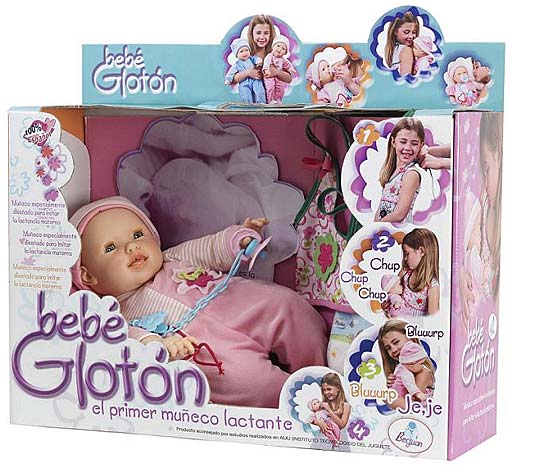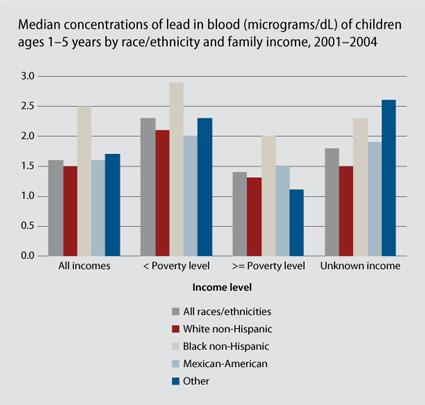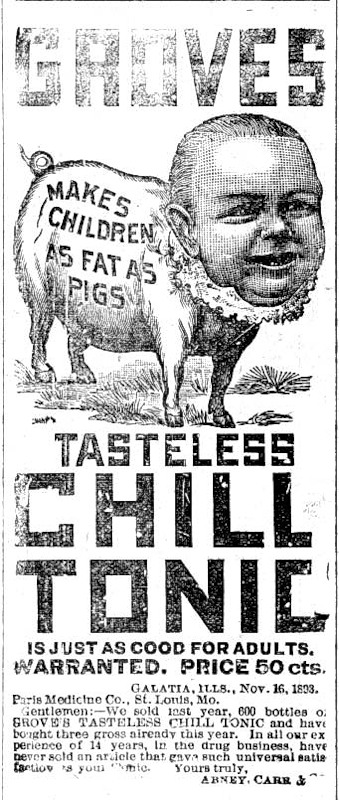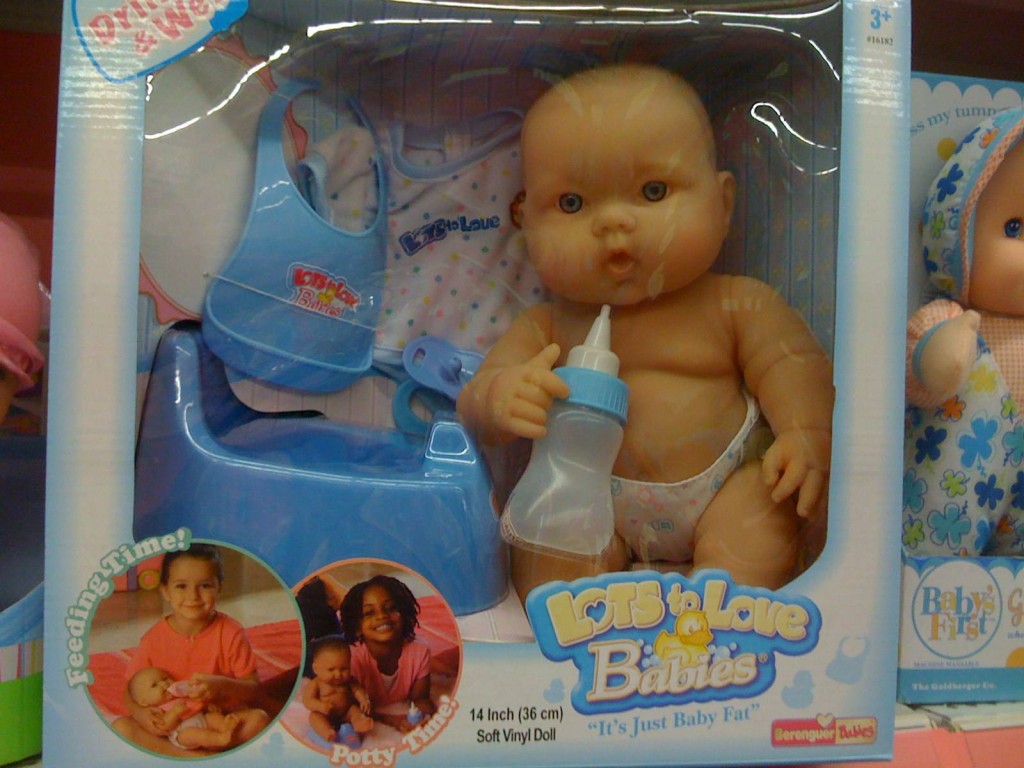Matt C. snapped some pictures of the advertising campaign for the movie Captivity (2007) in Los Angeles. According to this billboard, it’s about abduction, confinement, torture, and termination:
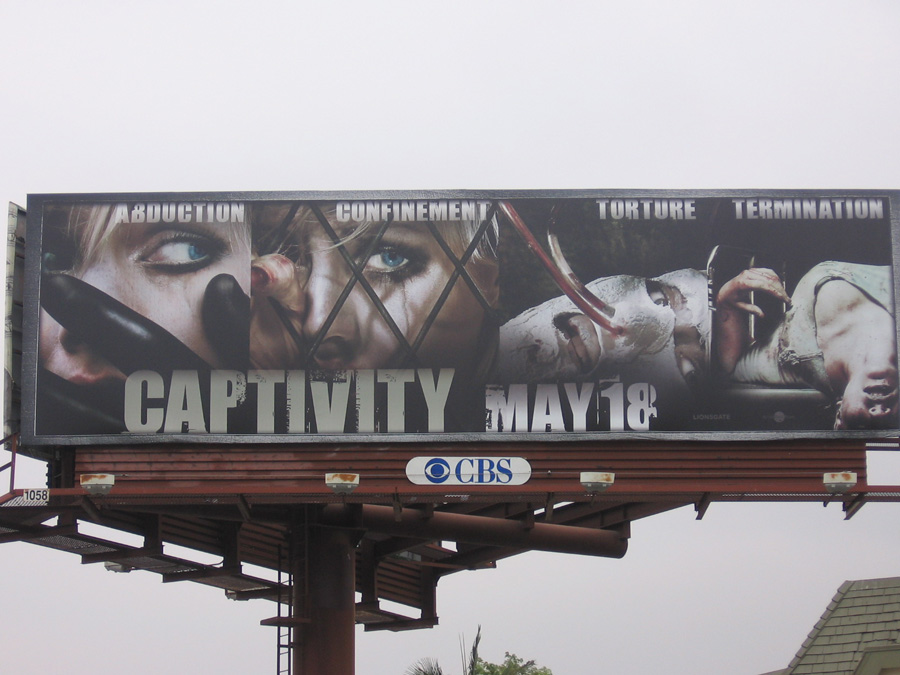
What Matt found interesting was that some of this advertising was placed immediately outside of stores that cater to small children and their parents. Check it out:


Does this suggest to you that we have become so desensitized to violent imagery that no one thinks to, or is empowered to, object when such images are placed at the entrance to children’s spaces? Or, is the image in question considered tame compared with other imagery we regularly consume (the billboard, for example) and, therefore, unremarkable?
More pictures on Matt’s blog.
—————————
Lisa Wade is a professor of sociology at Occidental College. You can follow her on Twitter and Facebook.

